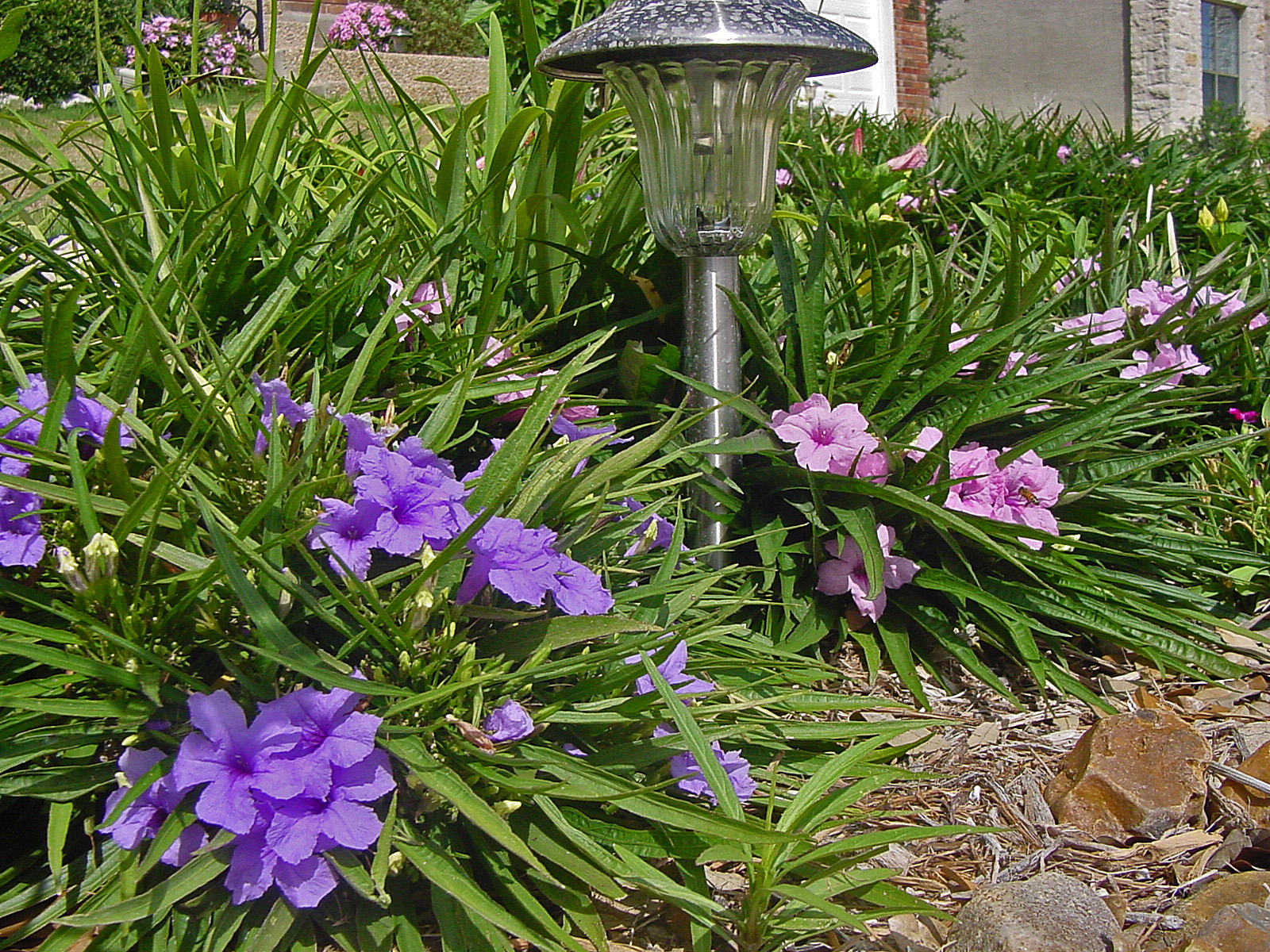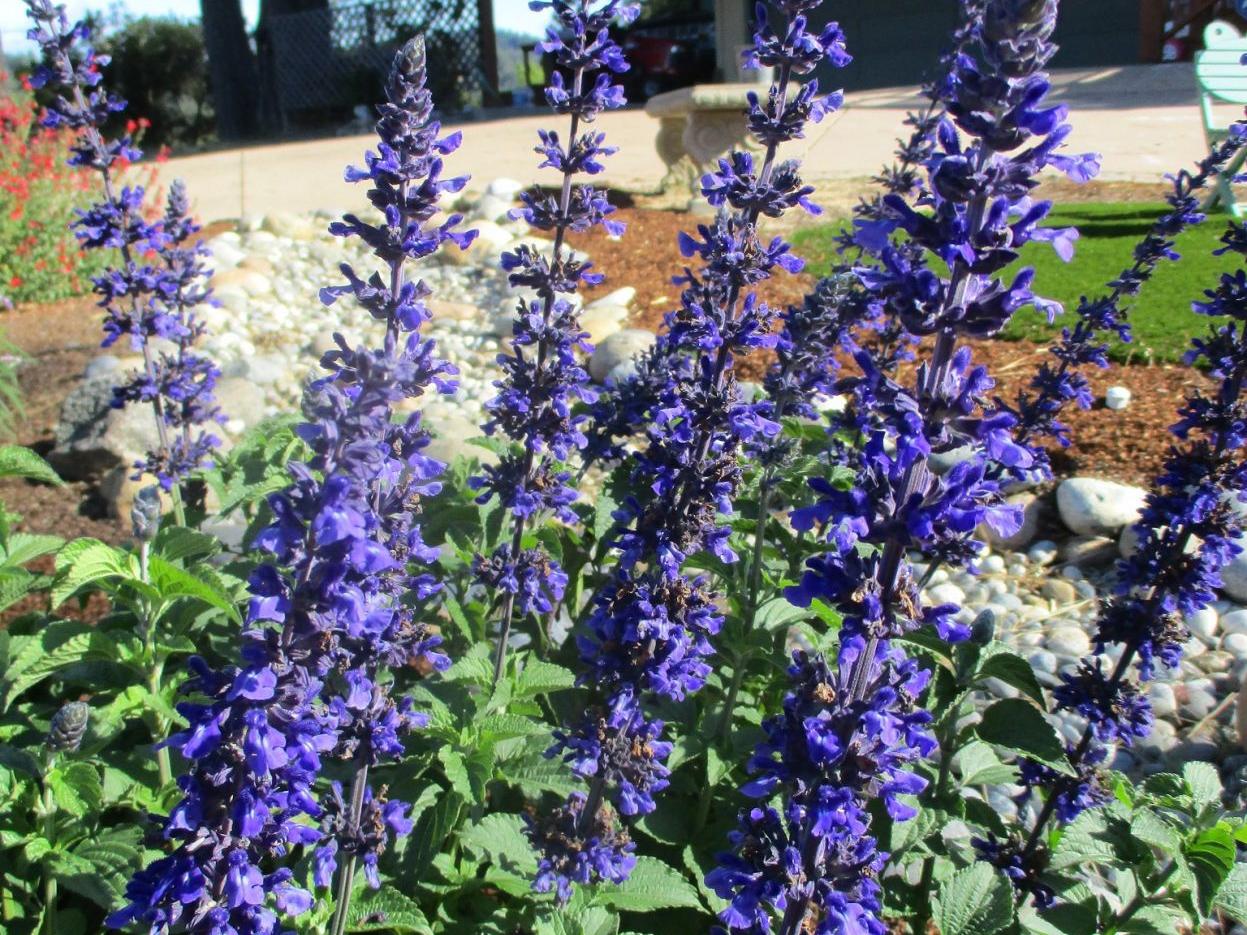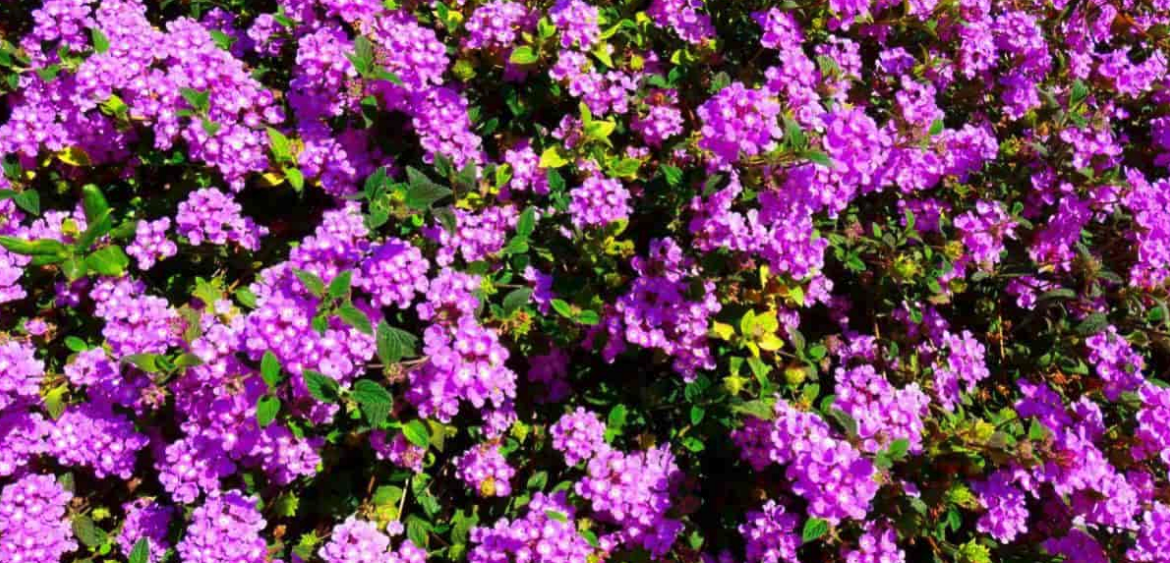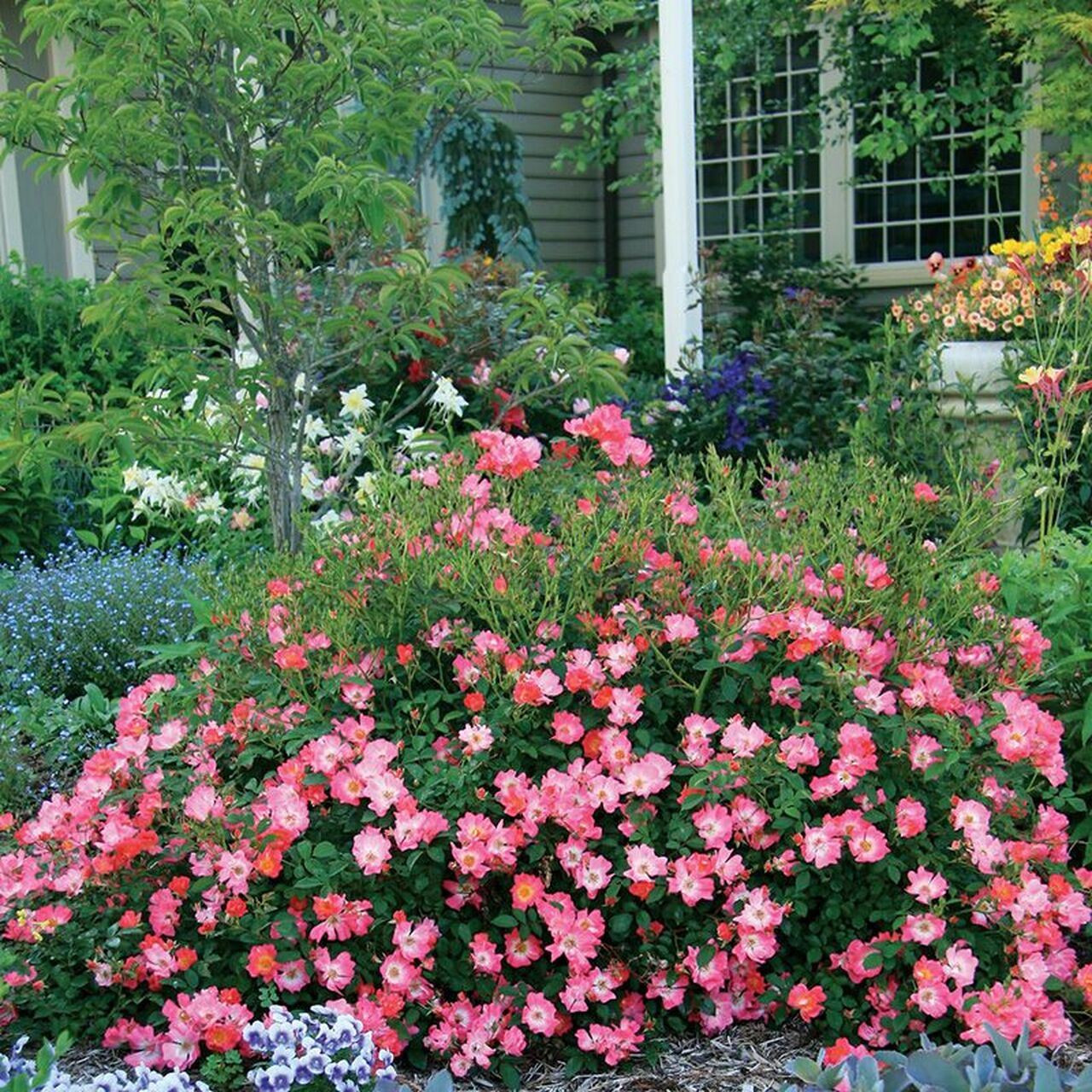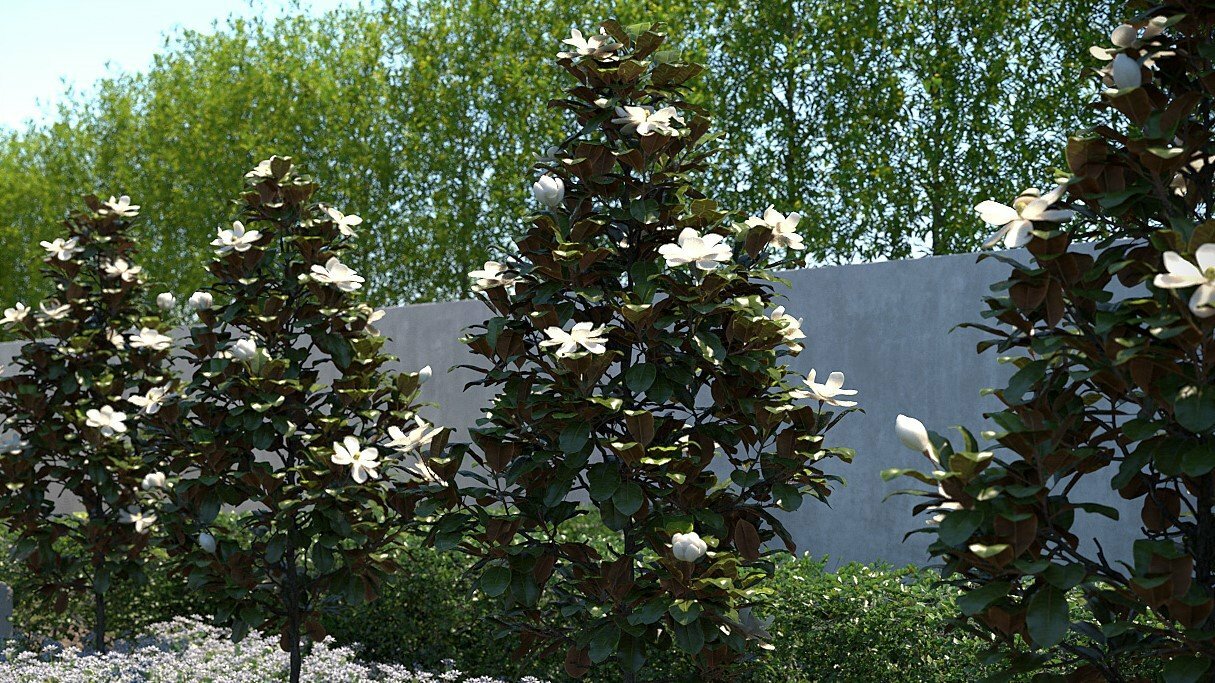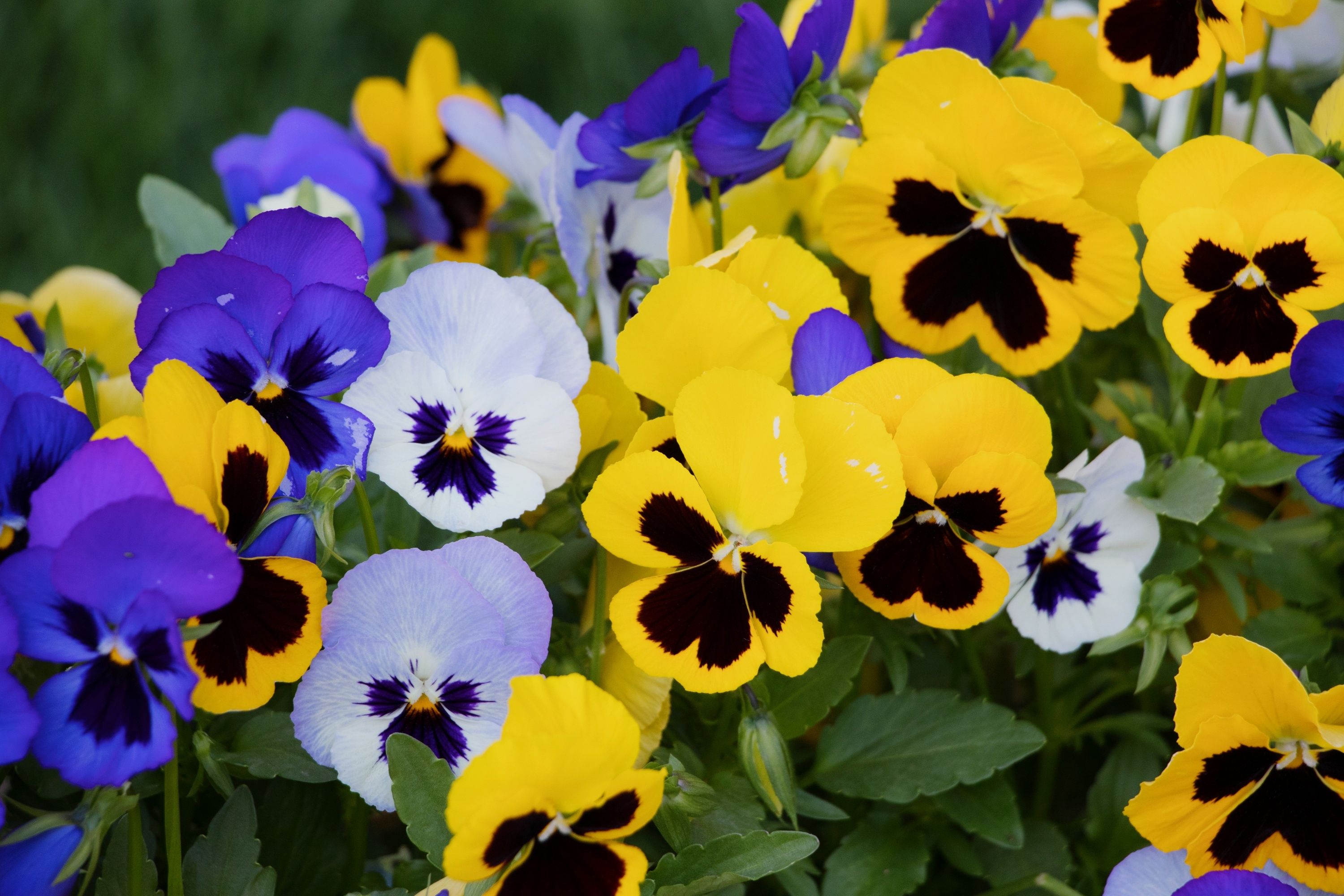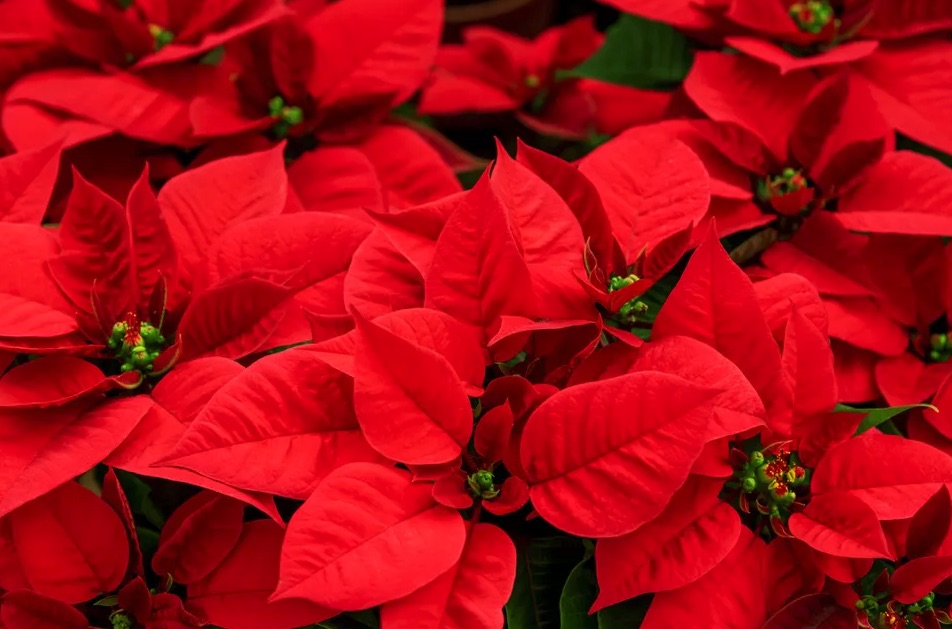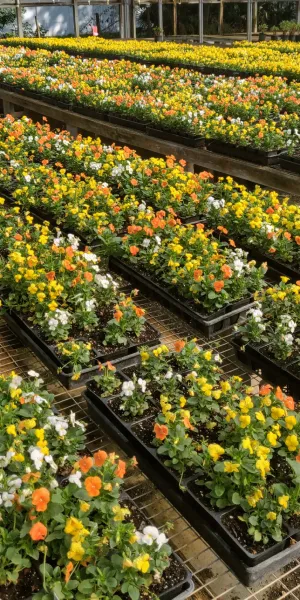Dwarf Ruellia' is an improved variety and able to bloom beautiful pink or purple flowers almost all year long. We like this dwarf variety because they feature low, spreading mounds of narrow, dark green foliage. The combination of the flowers, grass-like texture, and green foliage make it a perfect filler to add color and interest to barren, dry areas in the yard. We also like to plant them in borders or on a sunny slope. Thanks to their compact form, these Ruellias are an excellent choice for use as a groundcover in tighter, narrower spaces and they also look great when planted in pots or planters!
Dwarf Ruellia is a low water use plant and is drought tolerant with little to moderate watering needs once established. This Ruellia variety thrives in full sun or partial shade exposures and is durable and easy to care for plants. These are a favorite for anyone that does not have a green thumb and still wants to have a thriving, colorful plant in their yard! They have a moderate growth rate, and with regular watering and care, they will have the best development.
This tough, heat-loving perennial is insect, and deer-resistant. It is perfect for dry, neglected spots in your landscape. Their long bloom season and showy flowers make Dwarf Ruellia a welcome addition to any landscape.
If you’re looking to add this Gainesville Landscape Plant into your yard, please fill out the form above or contact us at (352) 378-5296.

